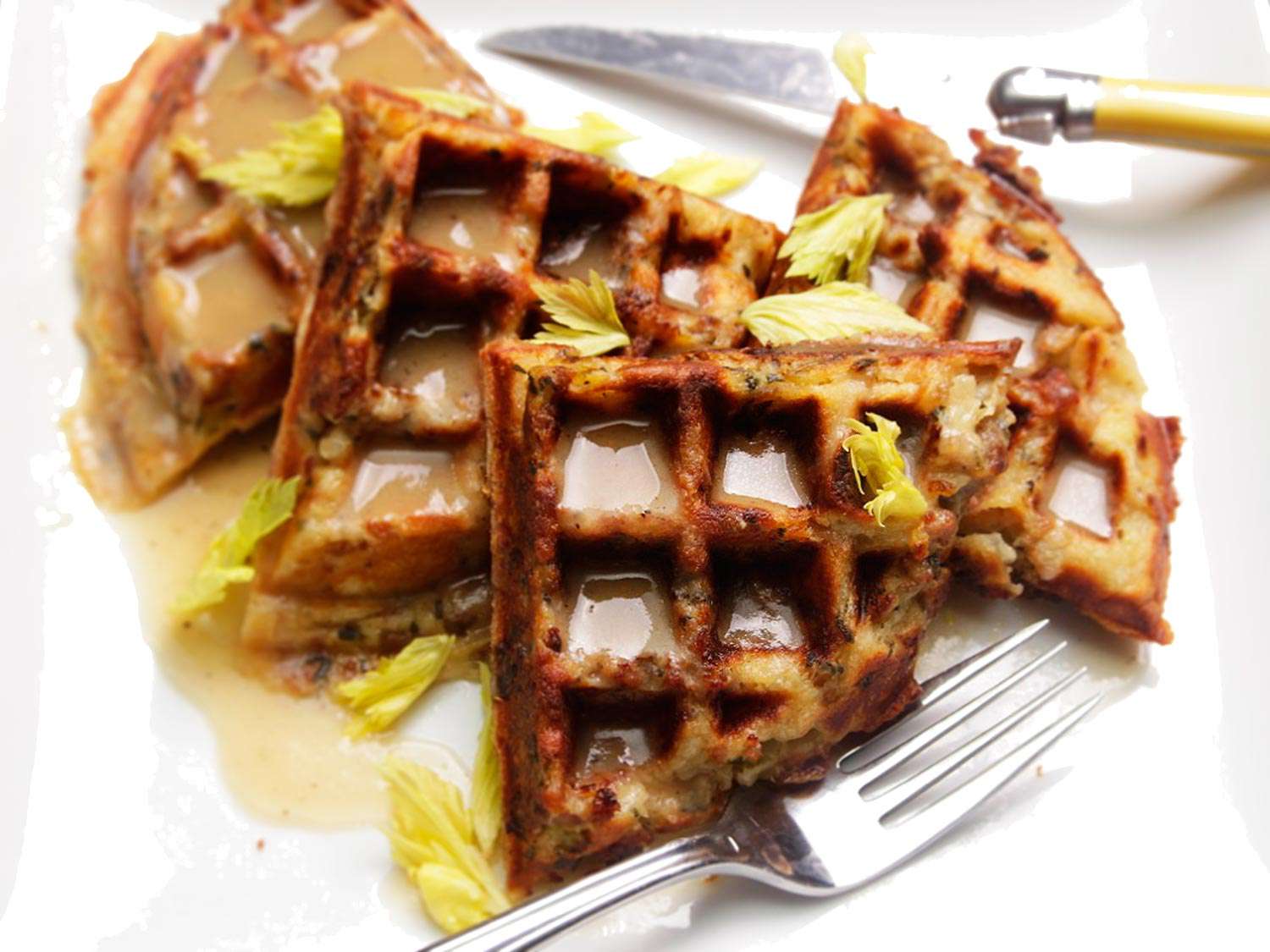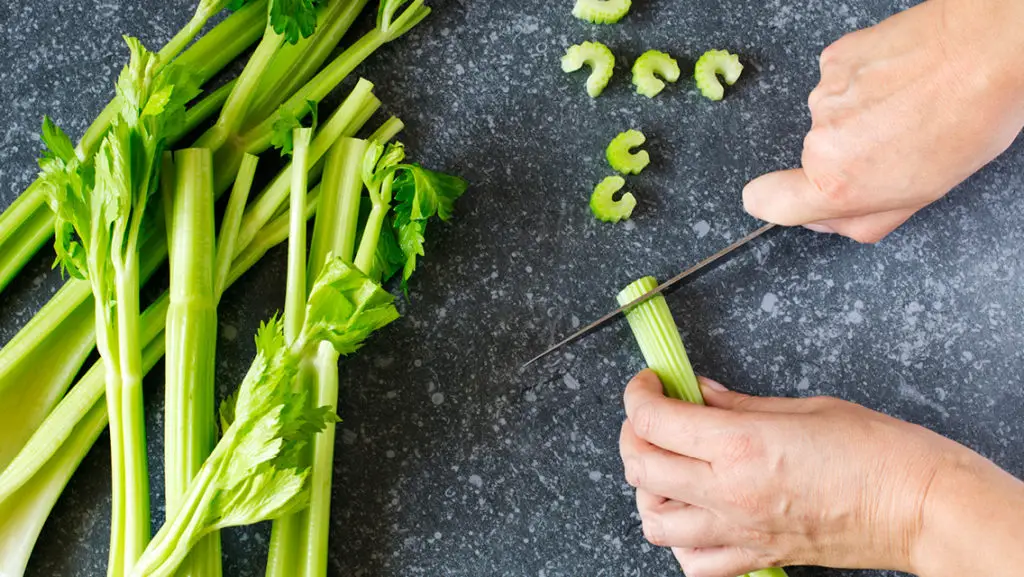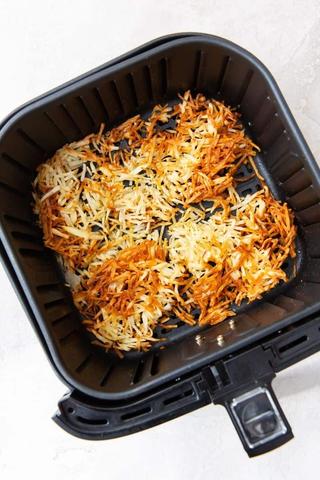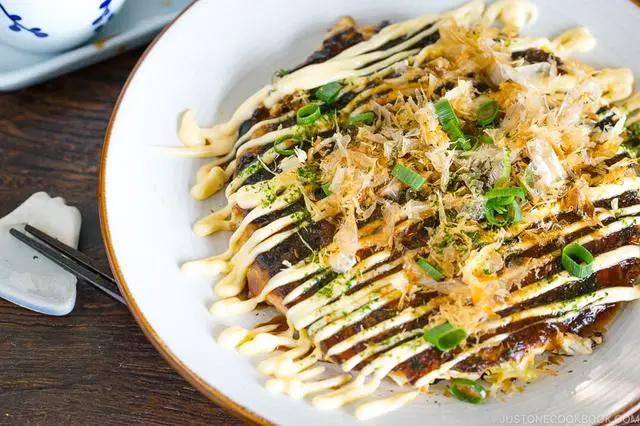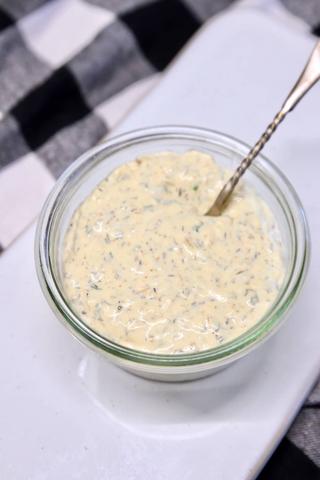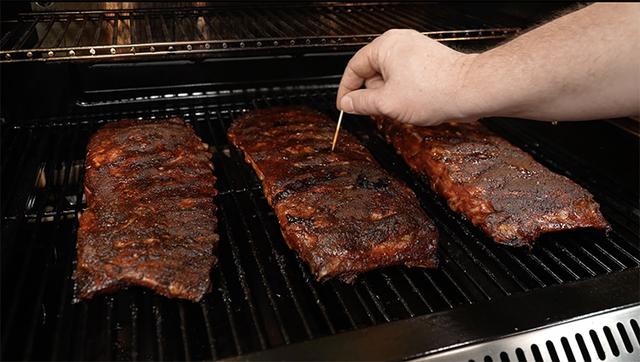
“When Are Ribs Done? Your Guide to Perfectly Cooked Ribs Every Time! Discover expert tips, cooking times, and techniques to ensure your ribs are tender, juicy, and cooked to perfection. Whether you prefer grilling, smoking, or baking ribs, this ultimate guide will help you achieve mouthwatering results that will have everyone asking for seconds. Say goodbye to undercooked or overdone ribs – unlock the secrets to knowing exactly when your ribs are done!”
How to Tell When Ribs are Done: Methods Explained
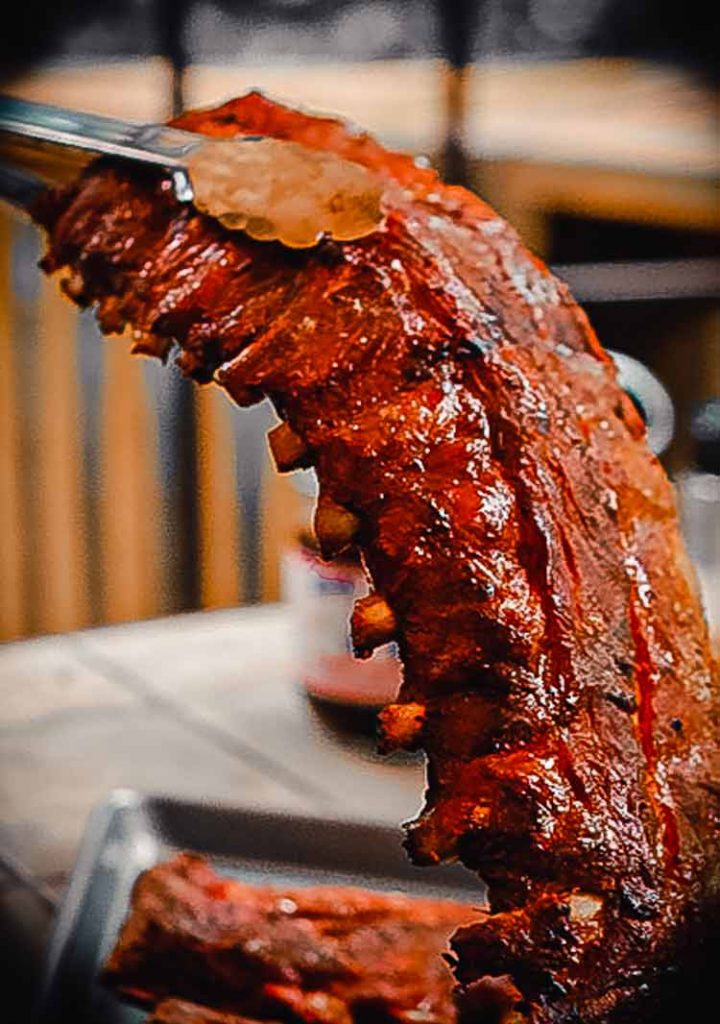
When it comes to determining if ribs are done, there are several methods you can use. The most reliable method is to check for probe tenderness. This involves using a temperature probe to poke between the bones and feeling how easily it penetrates the meat. If the probe slides through like soft butter, the ribs are considered tender and done. If there is resistance, they need more time on the smoker.
While internal temperature can give you a general idea of doneness, it should not be solely relied upon. The USDA outlines specific safe temperatures for meat, but tenderness is also important. Collagen starts to dissolve at 160F and is fully dissolved at 180F, resulting in tender, succulent meat. However, if the ribs reach the target temperature but don’t feel probe tender, they are not done and need more time on the smoker.
Other methods such as judging color or using the bend and twist tests can provide some indication of progress but may not be as accurate or reliable as probe tenderness. Time-based methods can also lead to overcooked ribs if factors like size of meat, type of rib, smoker used, and ambient temperature aren’t taken into account. Ultimately, it’s important to rely on your own judgment and preferences when determining if your ribs are done.
How to Tell When Ribs are Done

There are two main ways to determine if ribs are done: probe tenderness and internal temperature. Probe tenderness involves using a temperature probe to poke between the bones and feel how easily it penetrates the meat. If the probe slides through like soft butter, the ribs are considered tender. If there is resistance, the ribs need more time on the smoker. Internal temperature can also give you an idea of doneness, with specific temperatures outlined by the USDA as safe to eat. However, internal temperature alone should not be relied upon, as ribs may reach a safe temperature but still not be tender.
Color can be a helpful indicator during smoking, showing when it’s time to wrap or indicating browning from smoke or sugars. However, color alone cannot determine if ribs are done. The “pull-back” of meat from the bone while cooking is another visual indicator that the meat is cooking properly, but it does not guarantee doneness. Bend and twist tests can also be used, but these require experience to recognize when the ribs are done.
In terms of finishing temperatures, typical ranges for tender ribs are 195 – 205F. However, reaching higher temperatures can push out moisture and potentially dry out the meat. It’s important to rely on probe tenderness rather than solely relying on temperature readings. Each type of rib may have different finishing times and levels of tenderness desired by individuals.
Probe Tenderness
One of the most reliable methods to determine if ribs are done is through probe tenderness. This involves using a temperature probe to poke between the bones and feel how easily it penetrates the meat. If the probe slides through like soft butter, then the ribs are considered tender and done. However, if there is any resistance, it indicates that the ribs need more time on the smoker. It’s important to use an instant-read thermometer or a toothpick to test tenderness.
While internal temperature can give a general idea of doneness, it should not be solely relied upon. The USDA outlines specific temperatures for meat safety, but reaching these temperatures does not guarantee tenderness. Collagen starts dissolving at 160°F and fully dissolves at 180°F, resulting in tender meat with gelatin. At around 195 – 205°F, collagens and fats have rendered, making the meat tender. However, if the ribs reach these temperatures but don’t feel probe tender, they are not done yet.
Color can be used as an indicator for various stages of smoking but alone does not determine if ribs are done. The maillard reaction of sugars and smoke can result in desirable color changes in the meat. Pull-back from the bone occurs as the meat shrinks during smoking but doesn’t indicate doneness as different parts of the rib may finish at different times. Bend and twist tests can be used by experienced individuals to assess doneness, but they may not be accurate for beginners without knowing what to look for.
Using time as a method to estimate when ribs are done is not recommended as it doesn’t account for various factors such as meat size, smoker type, rib type, and ambient temperature. This method can lead to overcooked ribs. Ribs should be smoked until they pull cleanly off the bone when bitten into, rather than falling off entirely. It’s important to consider personal preferences and adjust cooking times accordingly.
Internal Temperature
The internal temperature of the ribs is an important factor in determining their doneness. While reaching a certain temperature ensures that the meat is safe to eat, it does not necessarily mean that the ribs are tender. According to the USDA, meat is considered safe to eat at specific temperatures, such as 160F and 180F. However, collagen, which is responsible for connective tissues in the meat, starts to dissolve at 160F and fully dissolves at 180F. This process creates gelatin and adds succulence to the meat, making it tender.
However, relying solely on internal temperature can be misleading. For example, if a temperature probe indicates that the ribs have reached 198F but they do not feel probe tender, it means they are not done yet. The tenderness of the meat should also be taken into consideration. It is recommended to continue smoking until the ribs feel done rather than solely relying on internal temperature.
Color can be used as an indicator for various stages of smoking and can help determine when to wrap or prevent burning. Different woods and reactions like the Maillard reaction can result in different colors in the meat. However, color alone cannot determine if ribs are done. It provides visual cues and action plans but does not indicate tenderness or doneness.
The bend test involves picking up the ribs with tongs at one end and allowing gravity to pull them downwards. When the ribs are done, they will bend at a 45-degree angle. The twist test involves twisting a rib bone at the center until it breaks free from the meat. These tests can be useful indicators of doneness but may require experience to interpret correctly.
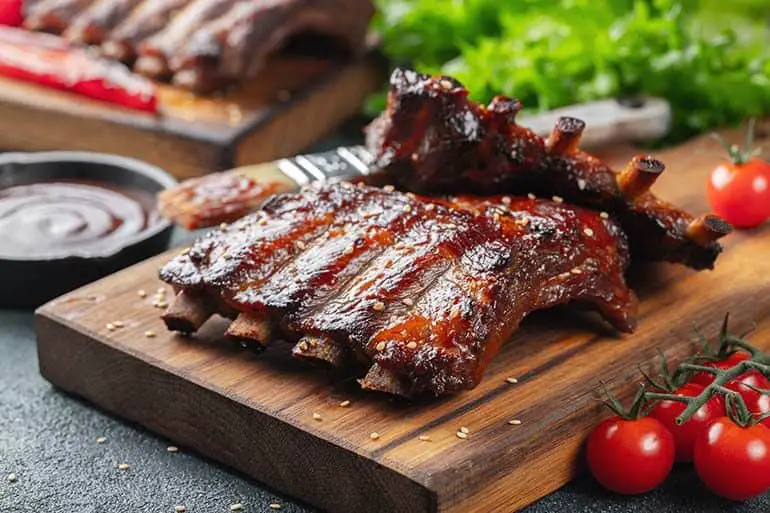
Other Visual/Physical Queues of Rib Doneness?
While probe tenderness and internal temperature are the most reliable methods for determining if ribs are done, there are some other visual and physical cues that can give you an indication of doneness.
One cue is the “bend test” or the “twist test.” The bend test involves picking up the ribs with tongs at one end and allowing gravity to pull the meat downwards. If the ribs bend at a 45-degree angle, they are likely done. The twist test involves twisting a rib bone at the center to feel if it breaks free from the meat. These tests can be helpful, but they require some experience to accurately interpret the results.
Color can also be used as an indicator during different stages of smoking. When the dry rub adheres to the meat and no longer sticks to your fingers when touched, it may be time to wrap the ribs. Different types of wood can also create specific colors on the meat, such as cherry wood giving a ruddy mahogany color. However, color alone is not enough to determine if ribs are done.
Color
Color can be a useful indicator for various stages of smoking ribs. For example, when smoking pork ribs, the color of the dry rub can indicate when it’s time to wrap them. Once the rub is no longer sticking to your fingers when you touch it, it’s a good indication that the ribs are ready to be wrapped. Color is also an indication of the maillard reaction and smoke. Different types of wood can give pork and beef a rich mahogany color, while the maillard reaction creates browning on the meat’s surface. Additionally, you may notice char forming and developing, which can help you prevent the meat from burning by adjusting heat or using other techniques.
However, it’s important to note that color alone cannot determine if your ribs are done. While it provides helpful indicators and action plans for preventing burning or uneven cooking, it doesn’t tell you if the meat is fully cooked or tender. Color should be used in conjunction with other methods to ensure that your ribs are cooked properly.
One common visual indicator that some people use is “pull-back” from the bone. As the meat shrinks during smoking, you may notice that the bones start to protrude as the meat pulls back. This pull-back can give you a visual cue that the meat is cooking properly. However, just like color, pull-back does not necessarily mean that the ribs are done. The thickness of intercostal meat (between the bones) can vary, meaning one side may finish before the other. If you solely rely on pull-back as an indicator of doneness, certain parts of the rib may not be tender yet.
It’s important to remember that pull-back is a visual clue but should not be used as the sole method for determining if your ribs are done. It should be combined with other tests or methods to ensure that your ribs are cooked to the desired tenderness.
Pull-back from the Bone
Pull-back from the bone refers to the visual indicator of the bones protruding as the meat shrinks during smoking. While this is a good sign that the ribs are cooking properly, it does not necessarily mean that they are done. The pull-back can vary depending on the thickness of the intercostal meat between the bones, with some parts of the rib potentially not being tender even if there is pull-back. Therefore, pull-back alone should not be relied upon to determine doneness.
The bend test and twist test are commonly used by experienced pitmasters and enthusiasts to gauge if ribs are done. The bend test involves picking up the ribs at one end with tongs in the center and allowing gravity to pull the meat downwards. When the ribs reach a 45-degree angle, they are considered done. Similarly, in the twist test, twisting a rib bone at the center should result in it breaking free from the meat when it is done. However, these tests may require experience to accurately interpret and may not be foolproof methods for determining doneness.
Bend or Twist Test
The bend and twist tests are common methods used by experienced pitmasters and enthusiasts to determine if ribs are done. The bend test involves picking up the ribs with tongs at one end and allowing gravity to pull the meat downwards. When the ribs are done, they will bend at a 45 degree angle. The twist test is similar, where a rib bone at the center is twisted to feel if it breaks free from the meat. However, these tests may not be reliable for those who are inexperienced, as they may not know what to look for or interpret the results correctly.
It’s important to note that relying solely on time as an indicator of doneness can lead to overcooked ribs. Each piece of meat is different in size and thickness, and factors such as the type of rib, smoker being used, and ambient temperature can affect cooking times. Additionally, ribs should not fall off the bone completely but should pull cleanly off when bitten into. The desired tenderness can vary from person to person, so it’s best to rely on probe tenderness as the most accurate method for determining if ribs are done.
In conclusion, while there are various methods and opinions on how to tell when ribs are done, probe tenderness remains the most reliable indicator. Temperature alone cannot be solely relied upon, as higher finishing temperatures can result in loss of moisture from the meat. Visual indicators such as color changes and pull-back from the bone can provide some guidance but do not definitively determine doneness. Ultimately, personal preference plays a role in determining when ribs are considered done.
Time
The concept of using time as a means to estimate when ribs are done is a common method, but it has its limitations. It doesn’t take into account factors such as the size of the meat, the smoker being used, the type of rib, or the ambient temperature. This can result in overcooked ribs if you solely rely on time. Ribs should be smoked to the point where they pull cleanly off the bone when you bite into them, rather than falling off completely.
When it comes to temperature and “doneness,” it’s important to note that reaching temperatures above the target range doesn’t necessarily mean the ribs are done. Probe tenderness is a better indicator of whether the meat is tender or not. If you were to temperature probe the ribs and they read 198°F, but they didn’t feel probe tender, they are not done. Higher finishing temperatures can push moisture out of the meat and may result in drier ribs, especially if there is less intramuscular fat like in baby back ribs compared to spare ribs.
In conclusion, determining when ribs are done cooking requires a combination of visual cues and internal temperature readings. While physical appearance is important, the most accurate way to ensure perfectly cooked ribs is by using a meat thermometer. Whether grilling or baking, achieving tender and succulent ribs involves reaching an internal temperature of around 190-205°F (88-96°C). Remember to allow for resting time before serving, as it allows the flavors to settle and juices to redistribute throughout the meat.
Learn More About Grilling
If you want to learn more about grilling, check out these other helpful resources!

